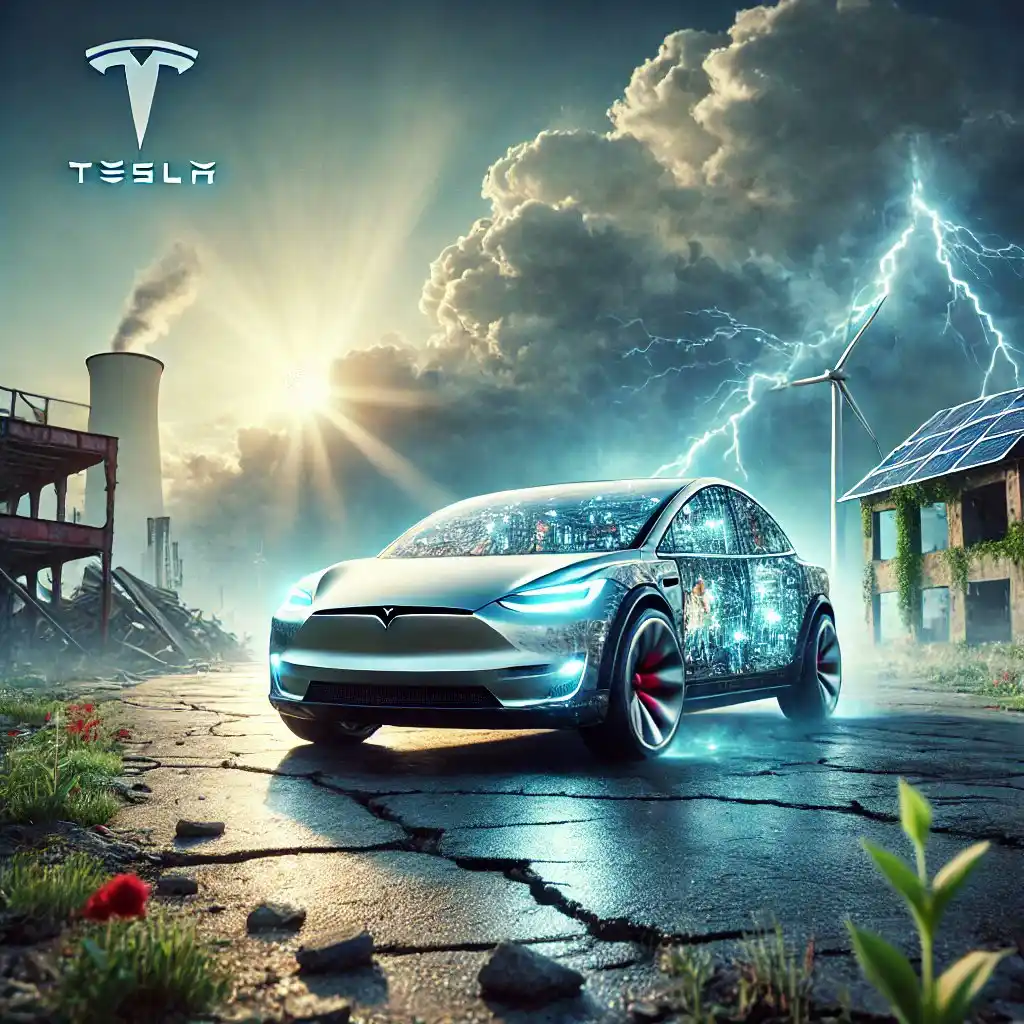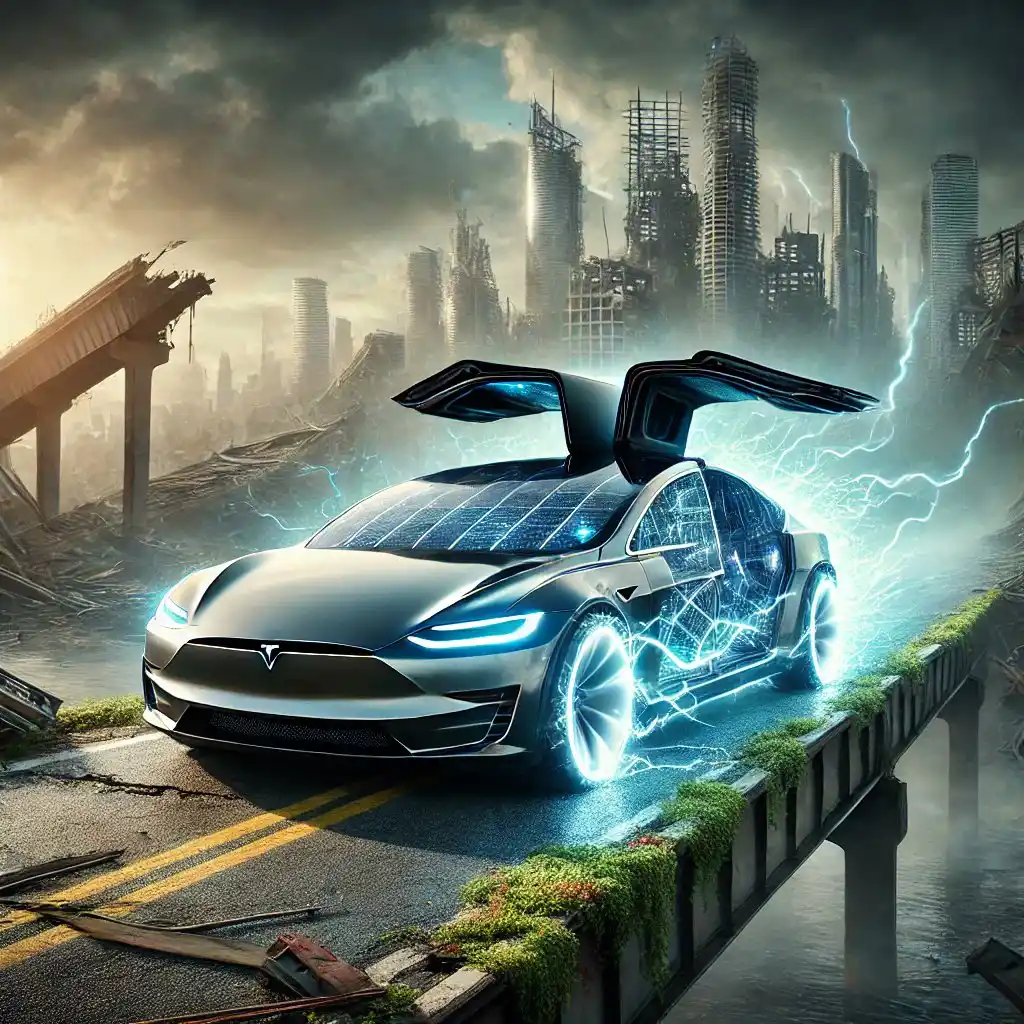Executive Summary
1. Introduction: Engineering for a Converging Crisis Era
-
Ensure Energy Security and Autonomy: EVs that continue to function even if charging infrastructure fails or if global supply chains fragment.
-
Integrate EMP Resilience: Protecting critical electronics against electromagnetic disturbances, safeguarding at least minimal operational capacity.
-
Embody Modularity and Repairability: Modular systems that can be locally serviced and upgraded, supporting circular economy principles and empowering end-users.
-
Adopt Advanced Materials and Architectural Innovations: Lightweight composites, in-wheel motors, additive manufacturing, and aerodynamic enhancements to balance energy efficiency with new emergency capabilities.
-
Incorporate Philosophical and Ethical Foundations: Reflecting lessons from historical collapses, the spiritual vacuum symbolized by Europe’s empty cathedrals, Canada’s governance crossroads, and moral philosophies to ensure technology uplifts rather than subjugates humanity.
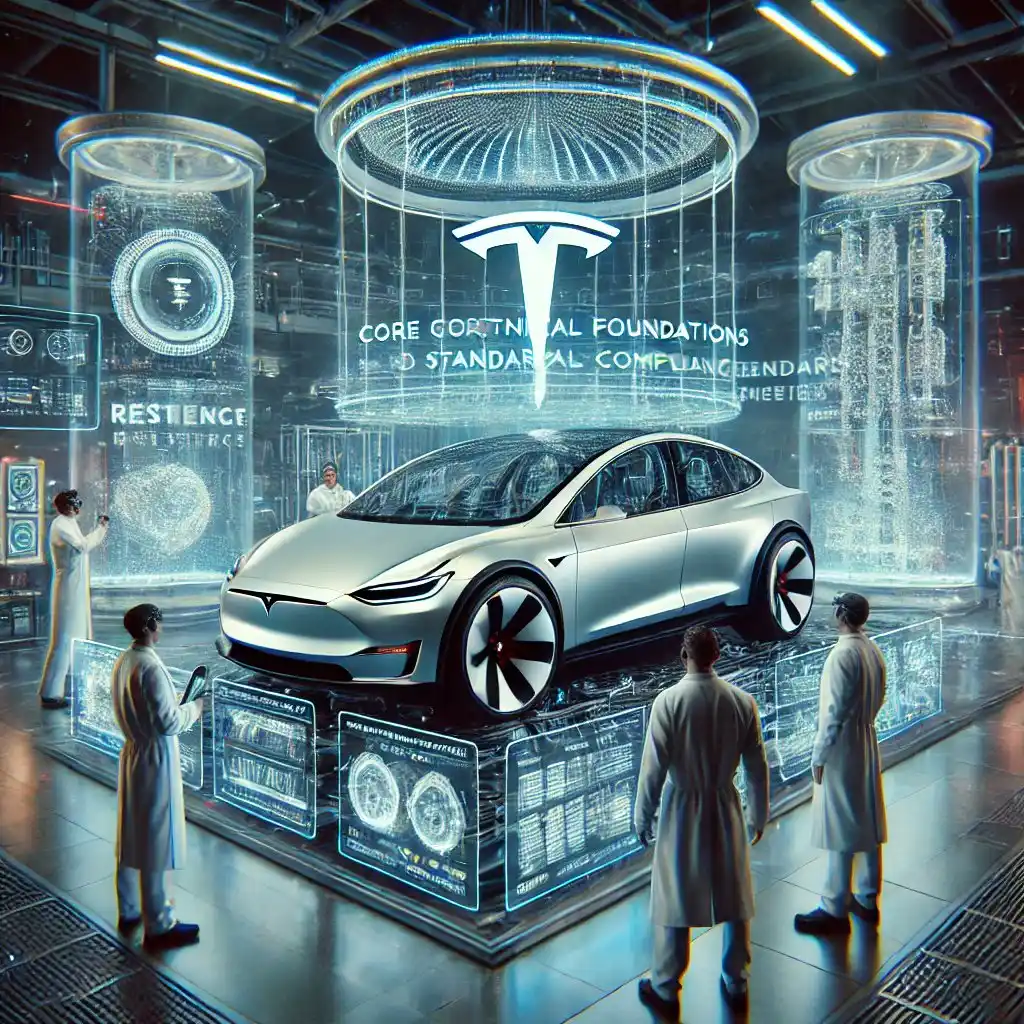
2. Core Technical Foundations and Standards Compliance
2.1 Electric Drivetrain and Battery Systems
2.2 Natural Gas (NG) Backup System
-
Fuel Storage: The vehicle uses specialized CNG or LNG tanks. CNG compressed at ~3,000–3,600 psi or LNG stored at cryogenic -162°C, both housed in carbon fiber-reinforced polymers (CFRPs) per ASME standards. Lattice-structured tank designs, enabled by additive manufacturing, optimize strength-to-weight ratios. Sensors feed real-time pressure, temperature, and quality data to the vehicle’s interface.
-
Engine/Generator Configuration: A compact micro-turbine or piston engine generator — possibly using 3D-printed titanium alloys and ceramic matrix composites — converts NG into electricity at 30–40% efficiency. This backup can add 200 – 300 km under emergency conditions, ensuring mobility when conventional charging is unavailable.
-
Refuelling Infrastructure: Although CNG/LNG refueling typically requires specialized stations, portable compressor units or small-scale cryogenic LNG modules can be designed for home or community use. This emergency-ready fuelling approach, while niche, empowers rural areas, preppers, emergency responders, police, border security, military, health officials or communities facing crisis to maintain mobility.
2.3 EMP Shielding and Electronic Resilience
-
Fallback Analog Controls: If digital systems fail, minimal mechanical linkages allow basic steering, braking, and acceleration. This ensures that, even after an EMP event, the vehicle retains limited but vital mobility.
-
Redundant Wiring and Surge Protection: Shielded connectors, robust harnesses, and strategically placed ferrites ensure current surges are absorbed before damaging components. A simplified HMI (Human-Machine Interface) mode aids drivers in post-EMP scenarios, providing essential diagnostics for safe operation.
2.4 Modularity and Repairability
-
Modular Architectures: Battery modules, NG generator units, EMP shielding panels, motor assemblies, and even aerodynamic fairings attach via standardized quick-release couplings. This “LEGO-like” approach allows on-site repairs with minimal tools.
-
Additive Manufacturing and Local Parts Fabrication: 3D printing of spare parts, lattice support structures, and composite panels ensures that even if global logistics stall, communities can locally produce critical components. AR-enhanced repair guides integrated into the Tesla app empower users to diagnose issues, replace components, and restore functionality without specialized service centers.
-
Lifecycle and Environmental Benefits: Modular upgrades extend the vehicle’s service life, reduce waste, and align with ISO 14044 LCA methodologies. By repairing rather than discarding, we cut maintenance-related emissions (Kara et al., 2015) and contribute to a circular economy.
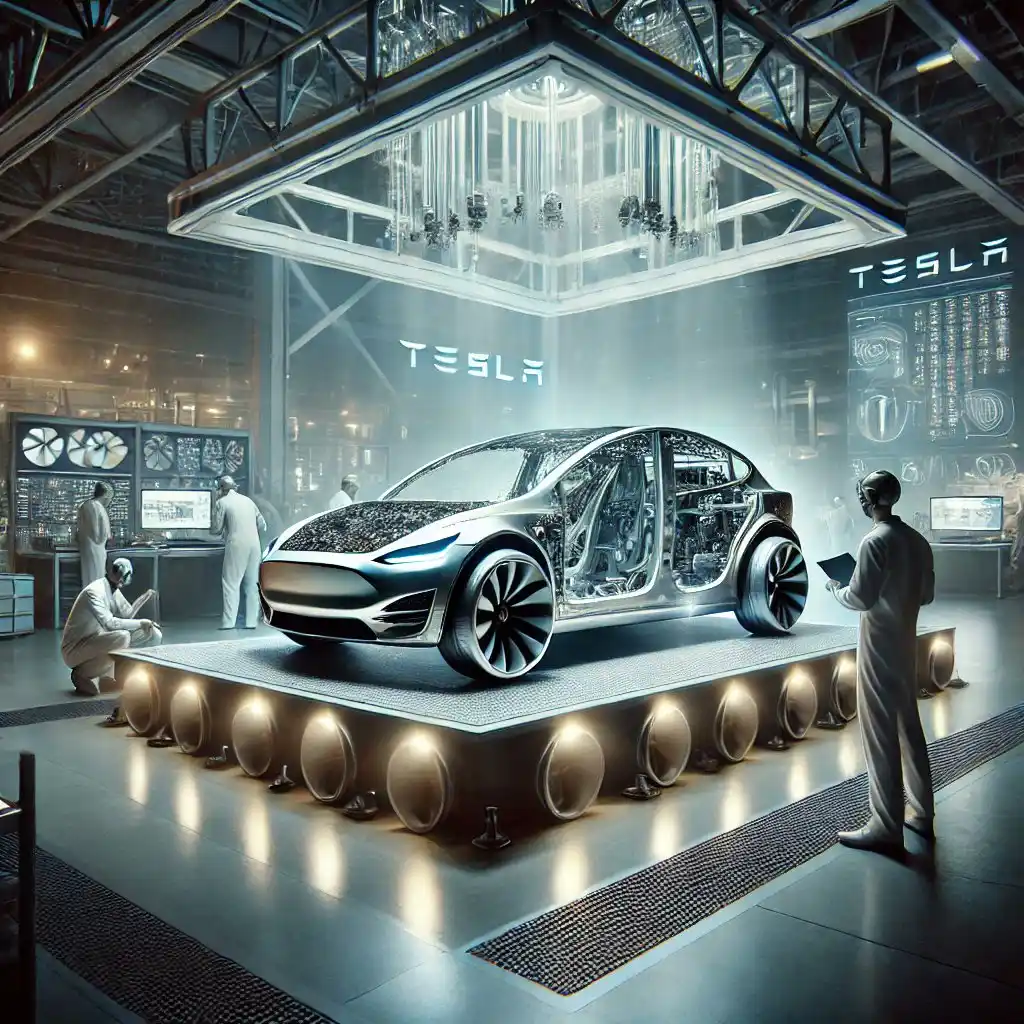
3. Advanced Materials, Architecture, and Efficiency Measures
3.1 Lightweight Composites and Graphene-Enriched Filaments
3.2 In-Wheel Motors and Spatial Optimization
3.3 Aerodynamics and Thermal Management
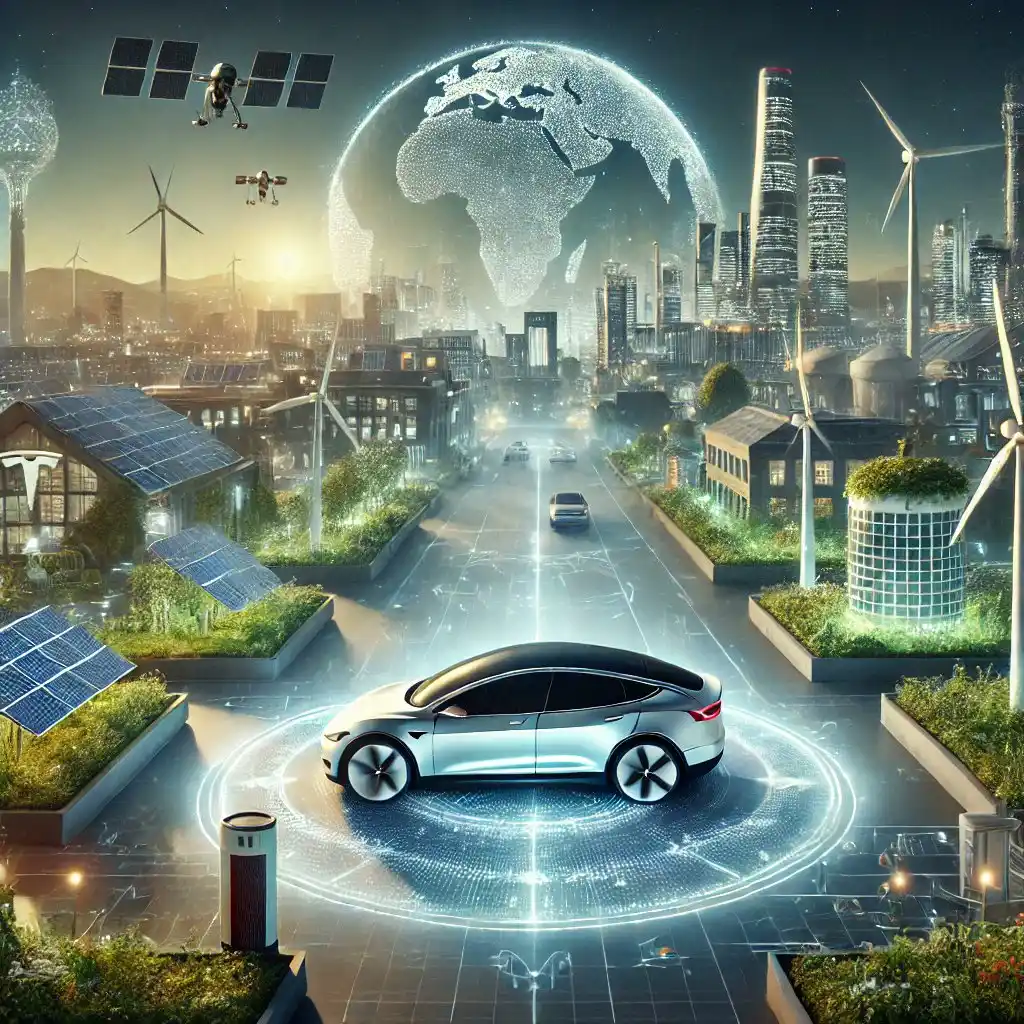
4. Infrastructure Integration, Sustainability, and Ethical Dimensions
4.1 Ecosystem Compatibility and V2G
4.2 Environmental Stewardship and ISO 14044 LCA
4.3 Ethical and Governance Frameworks
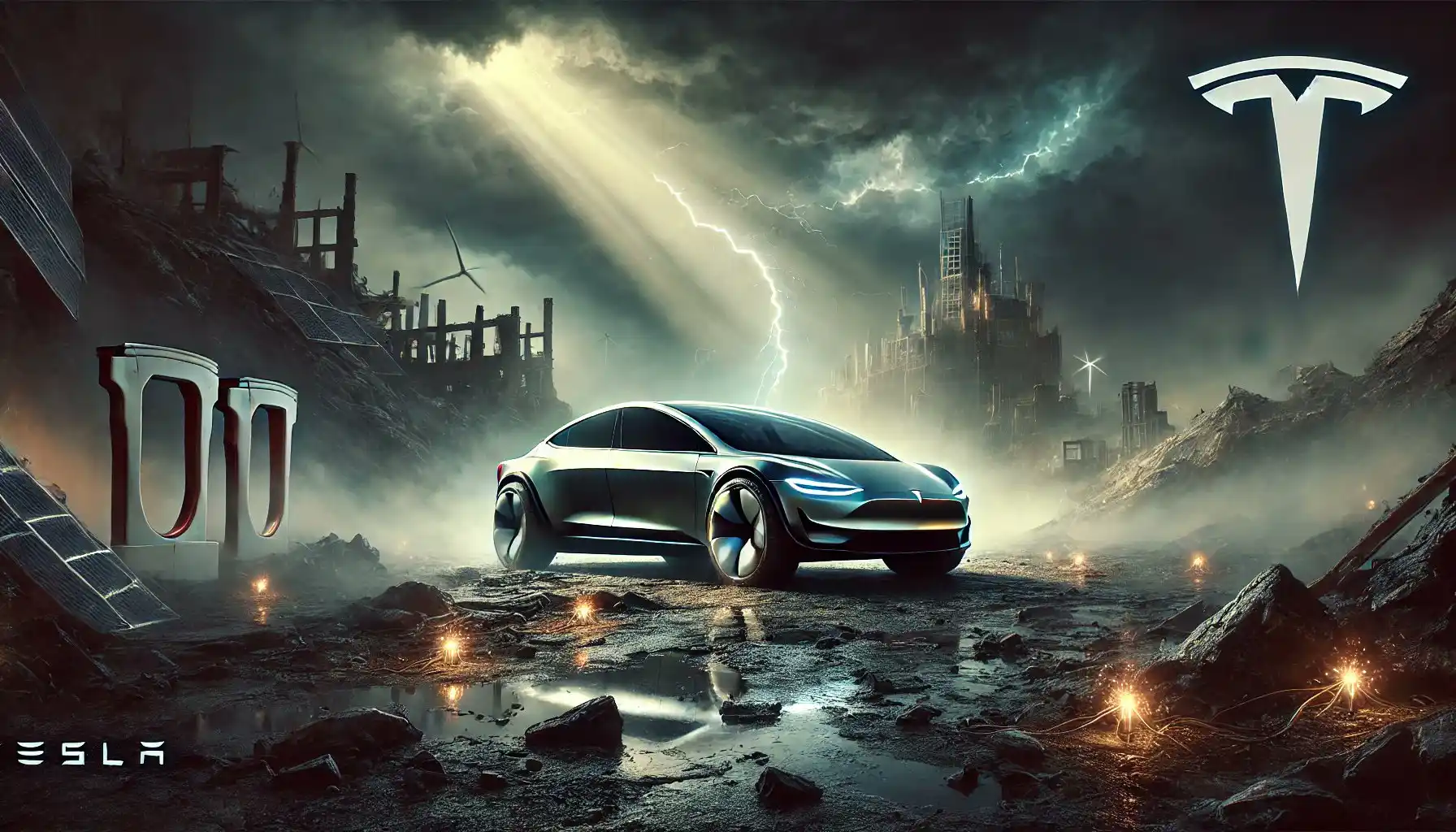
5. Operational Scenarios: Bridging Fiction and Reality
-
Grid Collapse and Natural Disasters: From hurricane-damaged coastal cities to earthquake-stricken regions, if charging stations fail and transport halts, the NG backup ensures basic mobility. The EV can carry medical supplies, enable evacuations, or maintain community connectivity.
-
EMP Events and High-Altitude Nuclear Blasts: Sci-fi scenarios like Terminator or Matrix-like AI rebellions highlight electronic vulnerabilities. Here, EMP shielding preserves minimal operational capacity. Even in a digitally compromised environment, the manual/mechanical component of the vehicle, ensures that the vehicle moves, supporting critical missions.
-
Geopolitical Tensions, Resource Wars, and Supply Chain Fragmentation: Films like Snowpiercer and Elysium forecast deep class divides and scarcity. Modular design and localizable spare part production ensure that communities can maintain their fleets despite international turmoil. The car’s presence symbolizes resilience and fosters trust, an antidote to societal despair.
-
Cultural and Spiritual Renewal: The decline of spiritual and philosophical anchors suggests that societies need tangible symbols of foresight and care. While intangible, the EV’s empathetic design, grounded in moral responsibility, can inspire confidence — echoing TNG’s vision of technology serving humanity’s growth rather than constraining it.
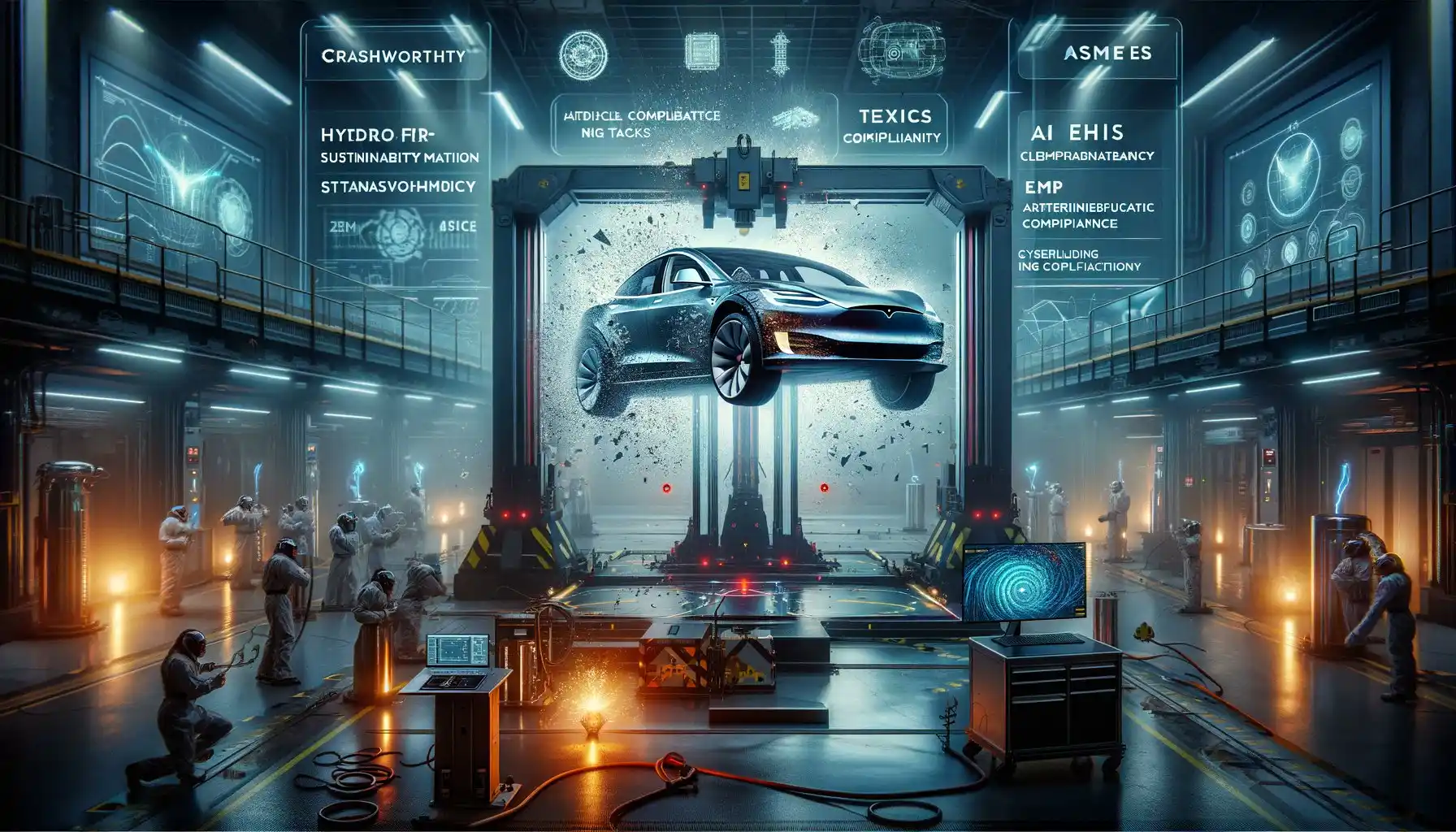
6. Detailed Technical Validation and Standards Compliance
6.1 Safety and Performance Testing:
-
Crashworthiness: Meets FMVSS and aims for a 5-star NHTSA and Euro NCAP rating. CFRPs and lattice metals dissipate impact energy efficiently.
-
Fuel and Pressure Vessels: ASME-compliant NG tanks undergo hydrostatic tests, burst tests, and thermal cycling. DOT/UN regulations guide LNG transportation and storage safety.
-
EMP Simulation and EMC Testing: Laboratory EMP simulations validate shielding integrity. Compliance with IEEE and MIL-STD-188-125 ensure that induced currents remain below damaging thresholds.
6.2 Environmental and Ethical Oversight:
-
LCA and Sustainability Metrics: Ongoing ISO 14044-based assessments refine materials and processes.
-
AI Ethics and Data Security: If autonomous systems are integrated, principles from IEEE AI ethics and GDPR-compliant data handling ensure privacy and fairness. Telemetry and OTA updates follow cybersecurity best practices.
6.3 Pilot Fleets and Field Deployments:
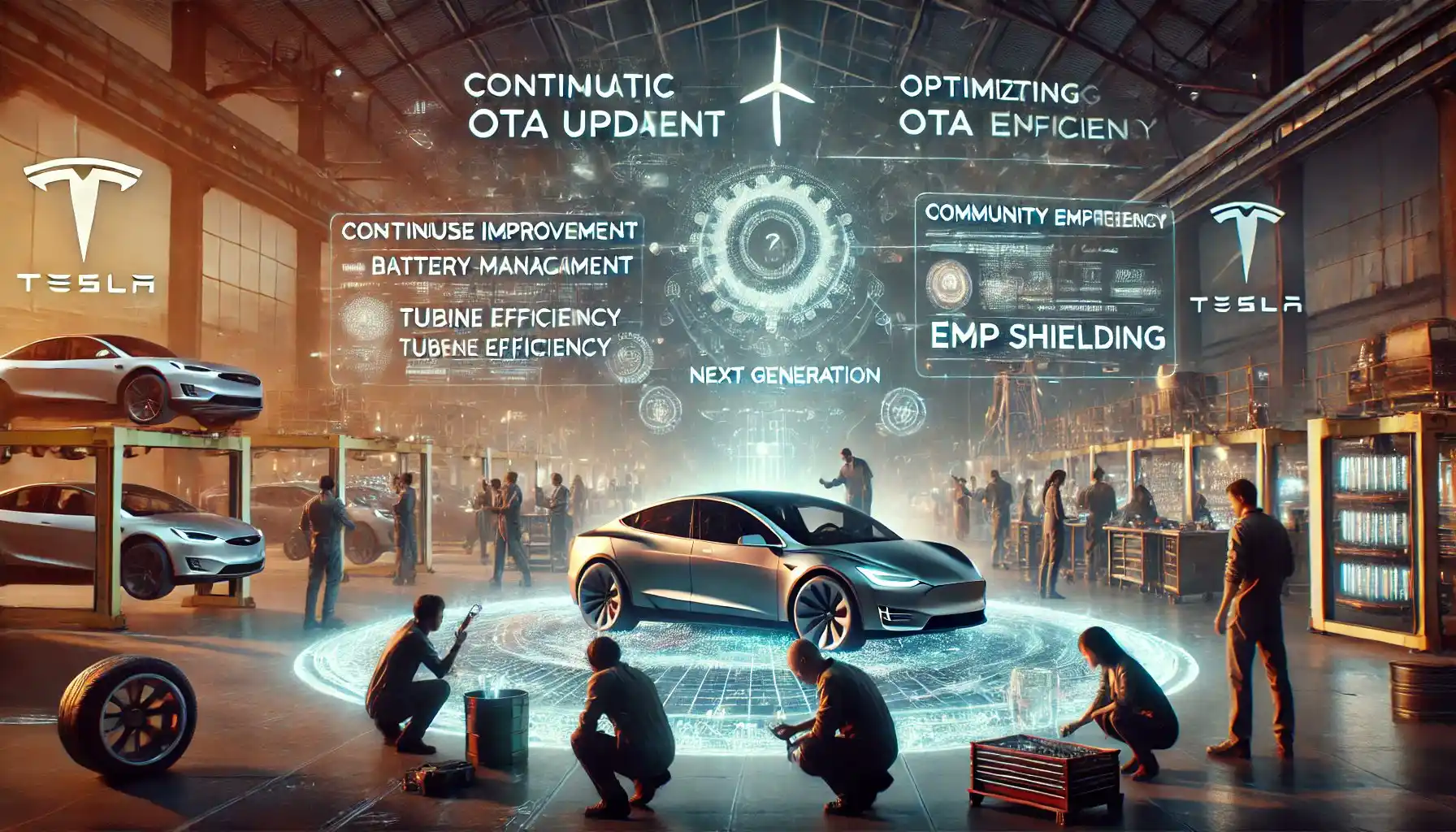
7. Continuous Improvement, Adaptability, and Community Empowerment
This EV platform is a living system. OTA updates tweak battery management, adjust turbine efficiency curves, or refine EMP shielding parameters as new materials and software solutions emerge.
Partnerships with local manufacturing hubs encourage distributed production of spare parts.
Educational content — videos, manuals, workshops — enable users to service their vehicles, reducing dependency on distant service centers.
Such adaptability extends beyond technology. As the vehicle evolves, so does its role in society — helping communities adapt to uncertain futures.
By empowering end-users, it supports a decentralized model of resilience, where knowledge, tools, and spare parts can be shared among neighbours, forging solidarity in adversity.
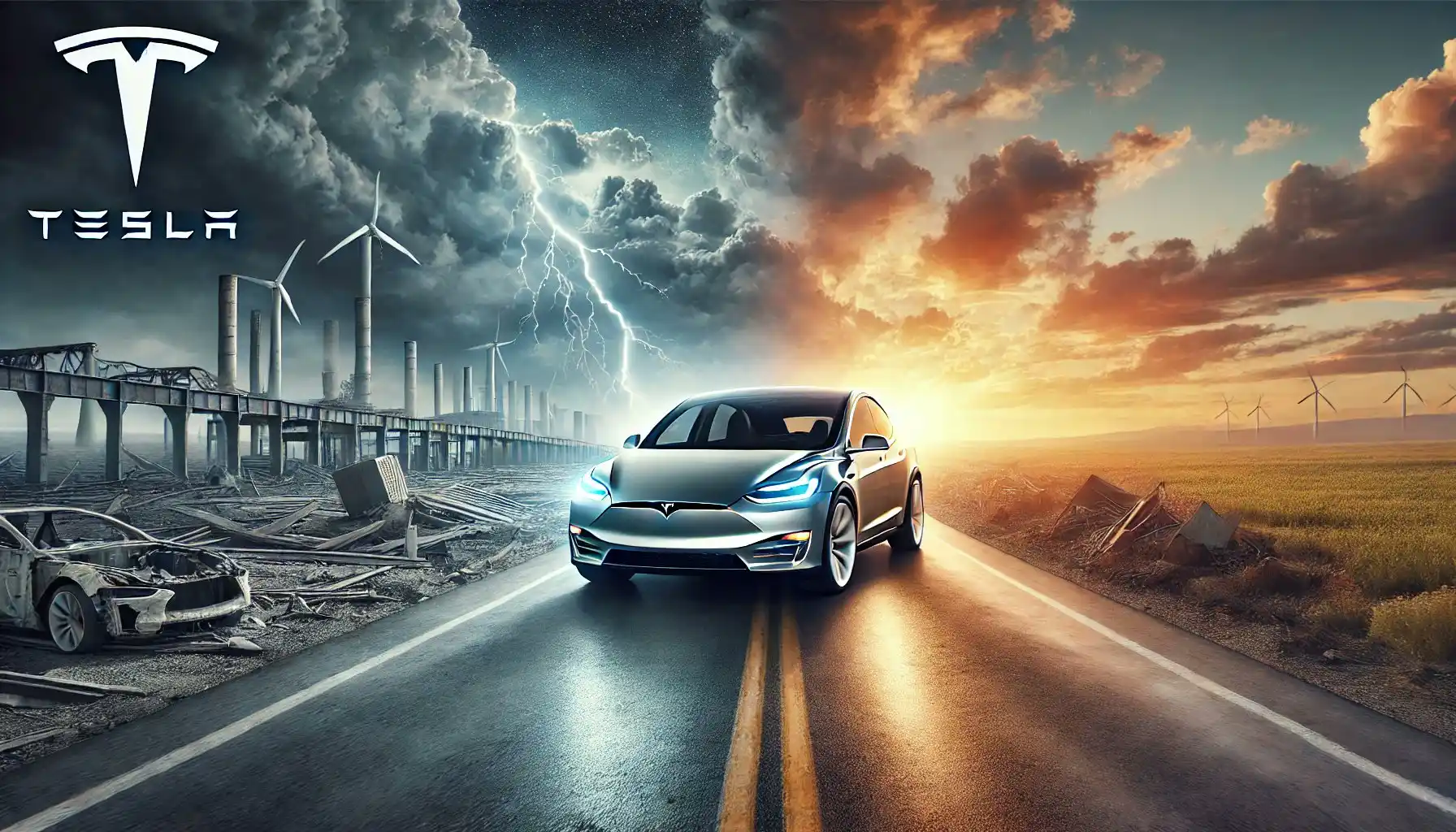
8. Philosophical Integration: Engineering as a Moral Endeavour
This comprehensive design philosophy resonates with TNG-like visions of progress: technology that enriches life, respects human dignity, and refuses to succumb to cynicism.
In a world tested by “Great Filters” and existential threats, The Next Generation Tesla stands as a tangible emblem of hope, reasserting that science and engineering can proactively guard against chaos.
Moral considerations are embedded in the choice of materials, the decision to incorporate repairability, the emphasis on safeguarding essential transport capacity even under EMP conditions.
By stabilizing mobility — the backbone of modern life — this vehicle indirectly sustains culture, education, and the philosophical frameworks needed to nurture future leaders who value compassion, courage, and wisdom over short-term gains.
Every technical detail — from the pressure ratings of CNG/LNG tanks to the specific role of high-saturation ferrites in EMP resilience — now aligns with overarching societal challenges and moral imperatives.
Each engineering solution — the modular assembly, AR-guided maintenance, advanced materials, AI ethics considerations, aerodynamic enhancements, and micro-turbine NG integration — serves a dual purpose: technical excellence and existential assurance.
This vehicle emerges as more than the-next-generation Tesla: it is a symbol that no crisis — environmental, infrastructural, philosophical, or geopolitical — is too daunting to address with foresight, integrity, and ingenuity.
As we approach 2040 to 2050, with maximum intensity 2044, technology can help us avoid dystopias reminiscent of 1984, Minority Report, or Snowpiercer, instead guiding us toward a resilient, ethically grounded, and adaptive civilization.
In merging technical rigour with moral vision and scenario-based strategy, The Next Generation Tesla concept exemplifies how engineering can become an instrument of continuity and enlightenment. If this blueprint is realized, it will not only keep wheels turning under dire circumstances but also help societies navigate toward a more hopeful, just, and spiritually renewed future.
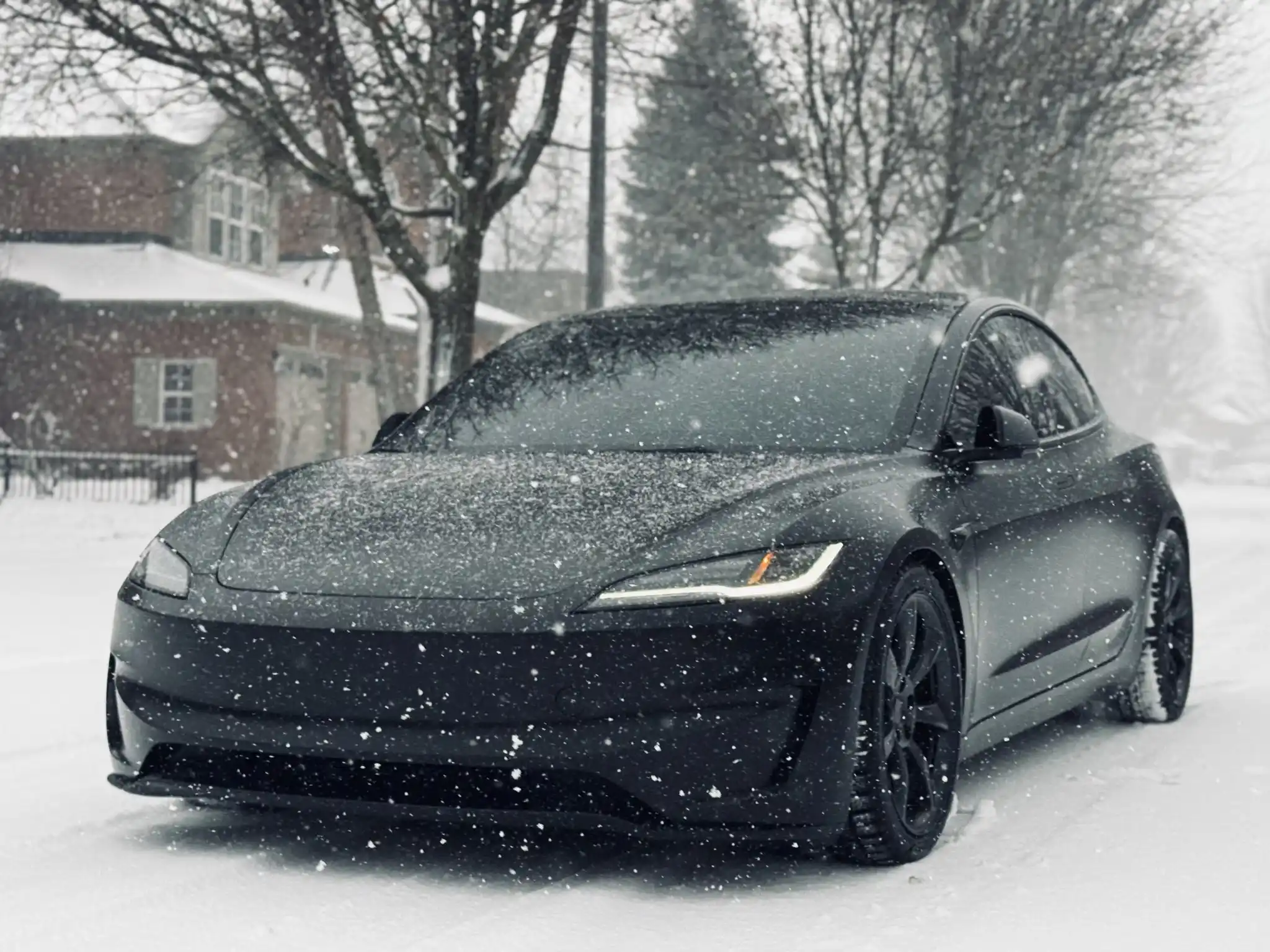
Related Content:
Title: “Navigating the Dystopian Singularity: Shaping TNG-Inspired Future Amidst Colliding Dystopias” https://x.com/SkillsGapTrain/status/1858067423959629829
Title: “Canada’s Crossroads in 2024: Navigating Canada’s Future Under Near-Absolute Authority” https://x.com/SkillsGapTrain/status/1849932362613666170
Title: “The Fall of the Guardians: Lucifer’s Visit, the Spiritual Siege, & the Coming End of Days” https://x.com/SkillsGapTrain/status/1848698029001355580
Title: “The Fragility of Civilization: Real-World Parallels to Leave the World Behind in America and Canada” https://x.com/SkillsGapTrain/status/1846309393660629058
Title: “Rediscovering Balance: Autonomy and Control in the Age of AI” https://x.com/SkillsGapTrain/status/1844696127012065791
Title: “Design Proposal for an Armoured and Adventure-Ready Tesla Roadster” https://x.com/SkillsGapTrain/status/1844435443372232976
Title:“Beyond EVs: Top 10 Revolutionary Vehicle Technologies for a Sustainable and Innovative Future” https://x.com/SkillsGapTrain/status/1842412739064410158
Title: “Tesla M.A.N.T.I.S. The M.A.N.T.I.S. Car was a highly advanced vehicle designed to match the technological prowess of Dr. Miles Hawkins’ exoskeleton suit in the series M.A.N.T.I.S.. While it didn’t have an AI like KITT, it was packed with cutting-edge features and functions that supported the M.A.N.T.I.S. persona…” https://x.com/SkillsGapTrain/status/1843739084994289951
Title: “Tesla KITT KITT, or the Knight Industries Two Thousand, was the star car in the series Knight Rider (1982-1986).” https://x.com/SkillsGapTrain/status/1843735060656144596
Title: “Restoring Canada’s Destiny: Fixing the Timeline with Canadian Liquefied Natural Gas (LNG), Small Modular Reactors (SMRs), Hybrid Electric Vehicle (HEV) Technologies and Reforestation” https://x.com/SkillsGapTrain/status/1802499440193794175
Title: “The Great Filter Ahead: Engineering a Pathway to Complex Civilizational Survival and Overcoming Cosmic Hurdles” https://skillsgaptrainer.com/the-great-filter-ahead-engineering-a-pathway/
Title: ‘Strategic EMP Protection and Decentralization: SGT’s Vision for Technological Resilience Enhancement to Elon Musk’s Companies’ https://x.com/SkillsGapTrain/status/1804636456746422418
Title: “Enhancing Vehicle Efficiency Through Weight Reduction and Natural Gas Hybrid Systems” https://x.com/SkillsGapTrain/status/1817313442212065628
Title: “Towards a Sustainable Future: Integrating Hydrogen, CNG, and Electric Vehicles in Modern Transportation” https://x.com/SkillsGapTrain/status/1818158056431141236
Title: “Critique of the 15-Minute City Model: A Call for Practicality, Sustainability, and Security” https://x.com/SkillsGapTrain/status/1843922512050004143
Title:“From Professional Autonomy to Centralized Control: Tracing the Shift in Canadian Environmental Governance” https://x.com/SkillsGapTrain/status/1864804848144912443
Title: “TAP-IT 600 with Maglev & High-Speed Rail: The Foundation for The Next Generation Innovation, Industrial Growth, Industry 4.0, Technological Advancement, Naval & Space Systems, & National Security” https://x.com/SkillsGapTrain/status/1864351925787086957
Title: “Blue Storm Rising: The Quiet Force Within” https://x.com/SkillsGapTrain/status/1862255032697045310
To see our Donate Page, click https://skillsgaptrainer.com/donate
To see our YouTube Channel, click https://www.youtube.com/@skillsgaptrainer
